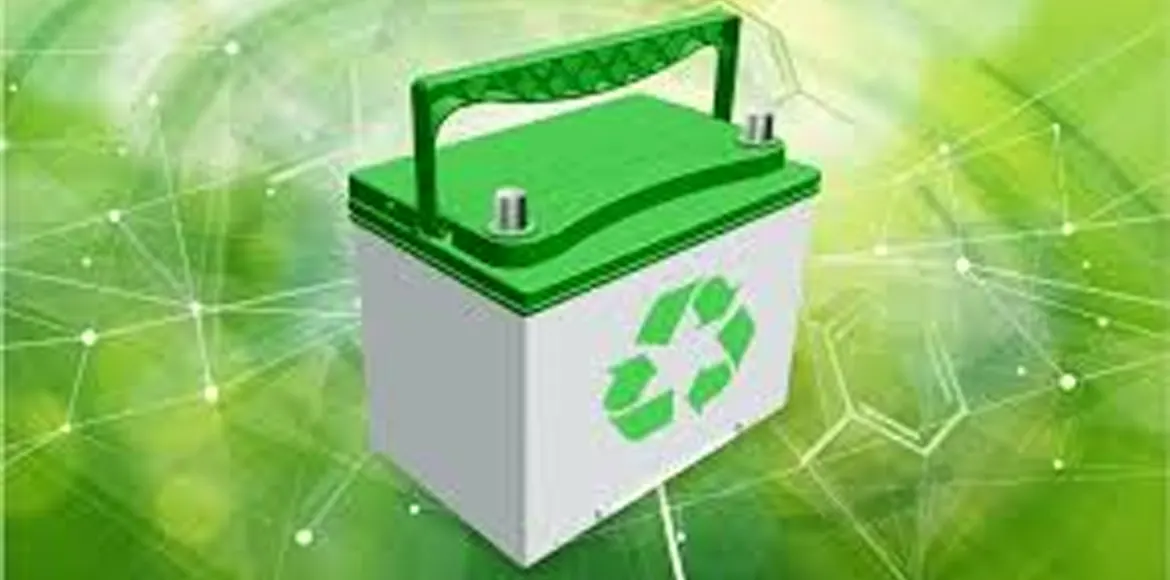Green Manufacturing: Turning Battery Waste Into Pure Lead

Lead-acid batteries have been around for over a century, prized for their reliability and affordability. But they come with a catch: they’re packed with lead, a toxic metal that can wreak havoc on soil, water, and human health if mishandled. Globally, millions of these batteries reach the end of their life each year—think of every car battery swapped out at your local garage. Historically, too many ended up in landfills or were melted down in dirty, polluting smelters. That’s where green manufacturing steps in, turning a problem into an opportunity.
The goal? Extract pure lead from spent batteries in a way that’s safe, efficient, and eco-friendly. Unlike lithium-ion batteries, lead-acid ones are highly recyclable—up to 99% of their components can be reused. The trick is doing it right, and new methods are making it happen.
Green Manufacturing: Turning Battery Waste Into Pure Lead
Batteries power our lives—cars, gadgets, even renewable energy grids—but when they die, they leave behind a messy legacy. Lead-acid batteries, commonly found in vehicles, are a prime example: heavy, hazardous, and too often dumped carelessly. Yet, in the push for greener manufacturing, a quiet revolution is underway. By transforming battery waste into pure lead, innovators are proving that trash can become treasure—and the planet wins. Here’s how this process is reshaping sustainability.
Kathryn Murphy
Reducing Waste and Risk
Beyond emissions, lead recycling tackles another industrial headache: hazardous waste. Unrecycled lead can leach into soil and water, posing environmental and health risks. By diverting batteries from landfills and safely reprocessing them, industries shrink their ecological footprint while meeting stricter regulations. It’s a double benefit—lower carbon emissions and a cleaner environment.

